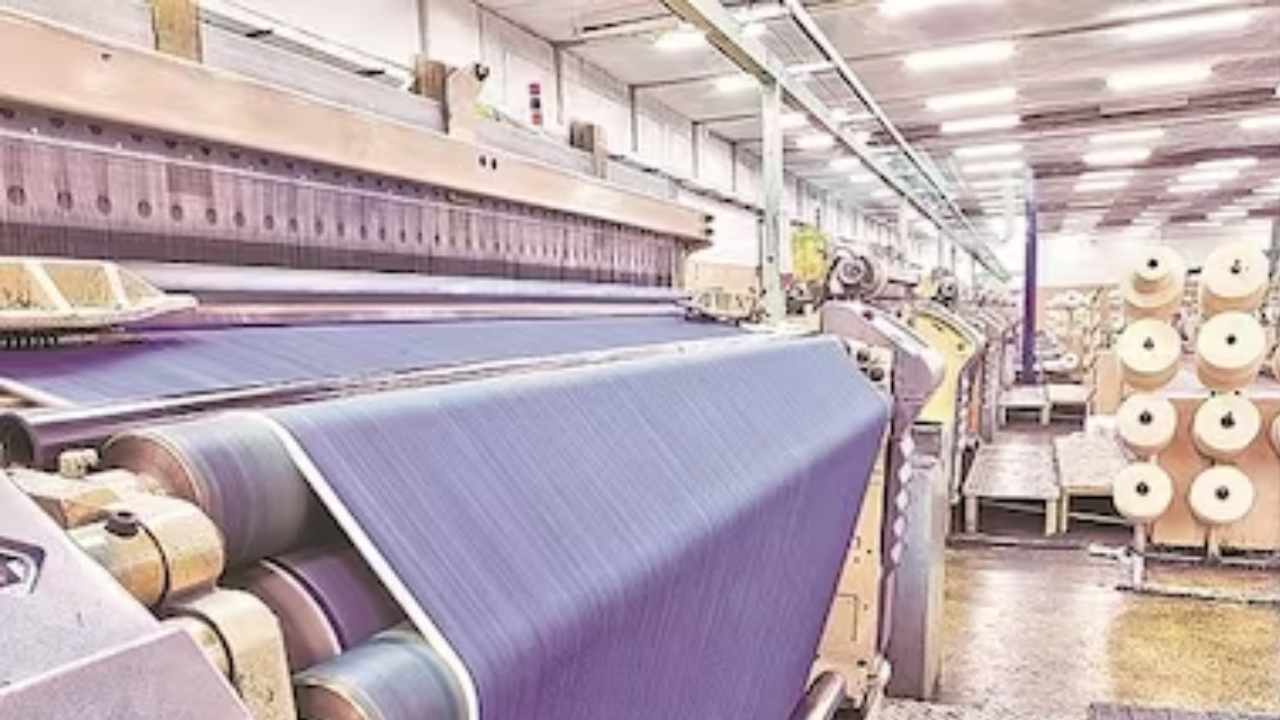New Delhi
The Government is pushing for the expansion of textile exports to USD100 billion led by growth in exports of readymade garments (RMG) from USD 16 billion to USD 40 billion which will have the potential to be a game changer for the future of the textiles industry and create a value-added proposition. With the government taking every possible step to promote exports such as entering into free trade agreements and promoting the brand India, Commerce Ministry Piyush Goyal has asked apparel exporters to procure raw materials from Indian players, reduce dependence on “opaque” foreign suppliers, and guard against “predatory pricing.
“For the long-term health of the whole textile ecosystem in the country, it is necessary to build domestic supply chain capacities by supporting each other,” Goyal said at the presentation of Apparel Export Promotion Council awards to RMG exporters, recognizing extraordinary contributions made by Indian apparel exporters.
The Government directions come amidst the apparel industry’s success in withstanding the testing times during the pandemic, wherein, despite the global demand being stagnant, Indian apparel exports grew at a rate of 30.35 percent in 2021. India’s apparel exports have also been constant to the tune of 3-4 percent of global export share during the past 3-4 years. The industry has also been asked to avoid low-cost substandard goods to substitute domestic availability which would support the Aatma Nirbhar Bharat mission by supporting domestic suppliers and developing a domestic ecosystem.
Goyal’s confidence in charting the next 10 years as India’s decade in textiles exports and achieving the target of 40 USD billion of RMG exports stems from the growing attraction of international buyers towards India in the wake of China exiting and in the wake of neighbouring countries’ instability. India has the biggest raw material base after China which can help cater to a shorter lead time as there would not be a need to import anything given 98 percent of Indian inputs. This strength of raw material also ensures the least impact of price volatility and currency fluctuations or any recessionary or inflationary changes globally. Moreover, there has been steady progress towards market access by doing FTAs with many countries like UAE, Australia, Japan, etc. “The FTA with the UK will be a game changer for the industry, and the EU will offer a big advantage if we sign a FTA deal,” says Goyal. One of the major issues regarding the poor export competitiveness of Indian apparel is the poor economies of scale, The apparel industry comprises 80 percent of exporters with around 10 cr. turnover. The average number of machines in Indian apparel manufacturing units is 250-400 whereas competing countries have an average of 800- 1000 machines. Also, there are hardly any vertically integrated units unlike in Vietnam and other competing countries. Both these factors limit the capacity of the industry to invest in productivity-enhancement technologies. Rohit Kansal, Additional Secretary, Ministry of Textiles points out that the global market is trillion dollar. “So even when we reach 100 billion of textiles exports, we will be only 10 percent of total textiles trade. From that perspective the target 40 billion seems to be eminently achievable,” says Kansal. The PM MITRA initiative seeks to address the issues flagged by the industry such as scale, investment and infrastructure. The size of the PM MITRA Park is at least 1000 acres which are supposed to be vertically integrated. It addresses the issue of land acquisitions, issues of clearances as well as state

